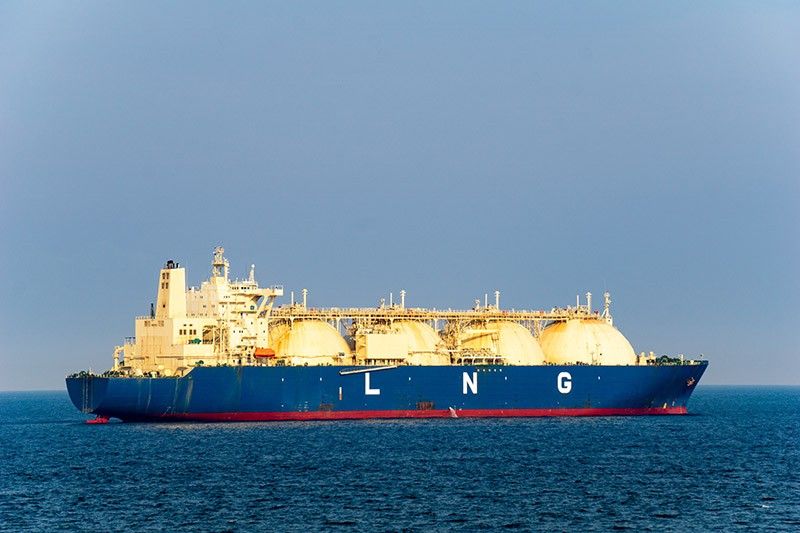LNG's safety, reliability highlighted as Philippines pursues energy transition

MANILA, Philippines — As the Philippines pushes its transition to cleaner energy sources, a noted LNG specialist underscores the crucial role of liquefied natural gas (LNG) in ensuring energy security and environmental sustainability.
In a recent interview, Engineer Ina Pauline Abelon highlighted LNG's safety features and reliability, positioning it as a key component in the country's energy strategy, especially in light of the impending commercial depletion of the Malampaya natural gas reserves by 2027.
Addressing common misconceptions surrounding the safety of LNG, Abelon said that LNG, in its liquid state, is not explosive due to its very low temperatures.
"LNG is odorless, non-carcinogenic, non-toxic, and in its liquid form, not flammable," Abelon explained. "LNG vapor, being colder and lighter than air, disperses rapidly, minimizing the possibility of accumulation unlike Liquified Petroleum Gas."
Abelon also emphasized LNG's safety record in power plants, which feature rigorous safety measures including Quantitative Risk Assessments and advanced control systems.
"LNG plants are designed with double-lined, dual-layered tanks that meet international safety standards," she noted. "The transportation of LNG is secure, adhering to the highest safety protocols."
Reliable baseload energy
As the world charts a more sustainable energy future, LNG is emerging as a crucial transition fuel, bridging the gap between traditional fossil fuels and renewable energy sources.
Completing LNG's virtues is its round-the-clock availability as baseload energy.
According to Abelon, LNG serves as a reliable baseload energy source, providing steady capacity 24/7, unlike variable renewable energy sources constrained by weather conditions.
LNG's role as a reliable baseload energy source is crucial as the Philippines aims to balance its energy demands with environmental responsibility.
"LNG's abundant availability, reliability and scalability make it an ideal candidate to complement intermittent renewables like wind and solar power," Abelon remarked.
Filling the Malampaya gap
Malampaya supplies 20% of Luzon's energy requirements. With the Malampaya natural gas reserves expected to be depleted by 2027, the Philippines is turning to LNG to fill the impending energy gap and to provision energy resources to support an ever-growing population and a rapidly growing economy.
The Philippine government has committed to harnessing the full potential of LNG through strategic investments and collaborative partnerships.
This commitment aligns with the ambitious clean energy targets outlined in the Philippine Energy Plan (PEP) which includes 50% Renewables and 26% LNG in the country's energy mix by 2040. The current share of LNG in Philippine energy utilization is less than 5%.
To end, Abelon highlighted LNG as a viable transition fuel.
Editor’s Note: This press release is published by the Advertising Content Team that is independent from our Editorial Newsroom.
- Latest































